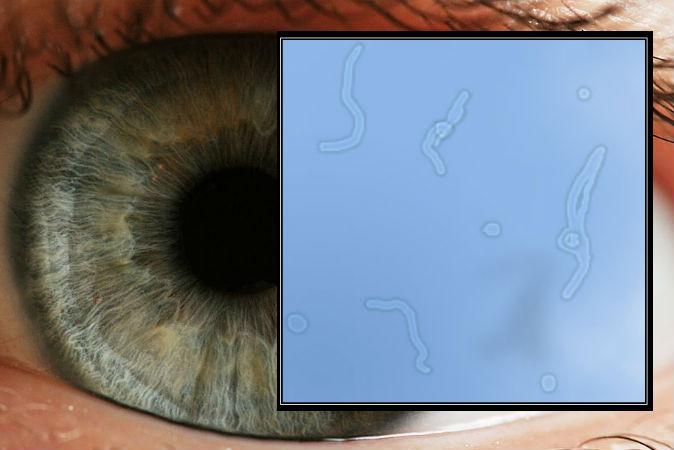In the mid-1990s, I met a man named Nestor living in the solitude of the hilly Emmental region of Switzerland. Nestor has a unique and provocative claim: that he has focused for years on a constellation of huge, shining spheres and strings which have formed in his field of vision.
He interprets this phenomenon as a subtle structure formed by his consciousness. He believes consciousness creates our material world. Nestor, who calls himself a seer, ascribes this subjective visual perception to his long lasting efforts to develop his consciousness.
In the history of religion and art, a multitude of cases are known in which spiritually committed individuals report abstract or figurative subjective visual phenomena they experienced–often while in ritually induced altered states of consciousness (Tausin, 2010b; Müller-Ebeling, 1993).
Nestor’s case, though, seems to be exceptional in two regards. First, Nestor is aware of, and considers, the ophthalmological explanation of his visual experience, known as “eye floaters.” And second, floaters are a common and wide spread phenomenon, experienced by a lot of people who do not claim to live a particularly religious or spiritual life.
